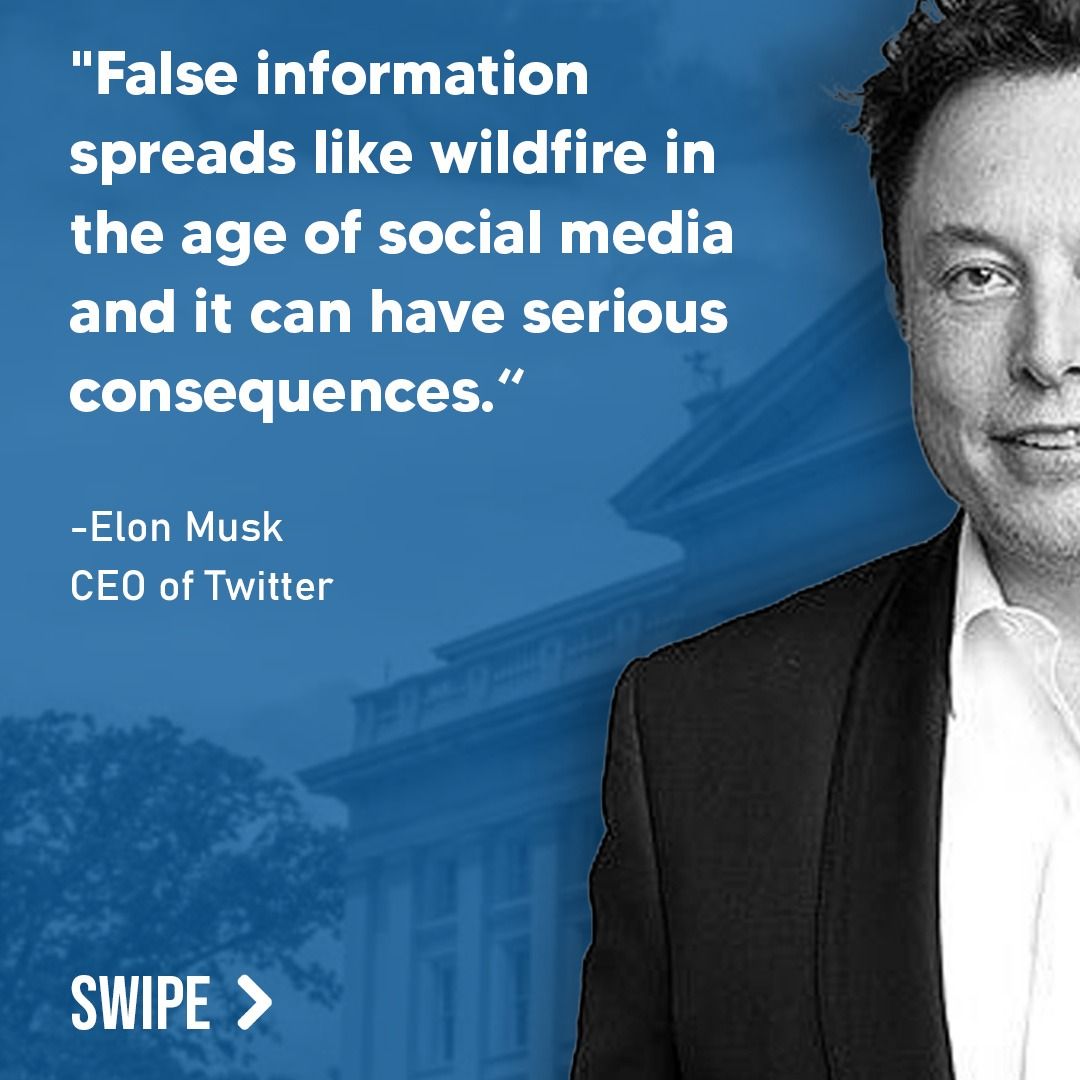Here’s your full fact check analysis:
“`html

Fact Check: Analyzing Claims in the Article on California Wildfires
The article titled “New wildfires erupt in California as blazes rage in Los Angeles area amid ‘particularly dangerous’ fire threat”, written by Steven Yablonski and published by Fox Weather on January 14, 2025, highlights the devastating wildfires in Southern California. While the piece offers valuable updates on wildfire containment efforts and ongoing dangers, it contains critical omissions and lacks nuance in addressing certain key claims. Upon analyzing the article, DBUNK found examples of incomplete information, potential bias in framing, and areas requiring greater context. One of our subscribers requested that we investigate this piece for accuracy, and here is what we uncovered.

1. Claim: Southern California Edison’s Role in the Eaton Fire
The article mentions that a lawsuit has been filed against Southern California Edison (SCE), alleging that the utility company’s power lines ignited the Eaton Fire. However, it also states that no official cause has yet been determined. This raises the pressing question: What responsibility do companies like SCE hold in such incidents?
While the lawsuit against SCE is newsworthy, the article fails to provide any historical context regarding utility company negligence and its documented role in past wildfires. For example, Pacific Gas & Electric (PG&E) and SCE have both faced similar allegations in previous California fires, and investigations often take months or even years before conclusions are reached. Without this context, readers could be misled into assuming premature culpability or dismissing the lawsuit as baseless.
Furthermore, the article does not delve into why official causes of wildfires can remain unconfirmed for extended periods. Factors include the complexity of fire investigations, collaboration between agencies like CAL FIRE and the ATF, and the technical analysis required to determine fire origins. Investigators often rely on physical evidence (e.g., damaged equipment or vegetation patterns) and scientific methods that take considerable time.

2. Misleading Claim: “Palisades Fire Is the Most Destructive in Los Angeles History”
The article asserts that the Palisades Fire is the “most destructive wildfire in Los Angeles history.” While this statement is powerful, it is presented without supporting data or comparisons to past wildfires in the region. For example, the Woolsey Fire in 2018 burned more than 96,000 acres—substantially larger than the Palisades Fire’s reported 23,713 acres. Additionally, the Woolsey Fire destroyed 1,643 structures, compared to the Palisades Fire’s reported 1,280 structures destroyed so far. Such a comparison is necessary to justify the “most destructive” claim or to clarify whether this applies to specific metrics like monetary costs or fatalities.
By failing to provide explicit context, this statement could mislead readers into believing the Palisades Fire surpasses all prior wildfires in severity across all metrics, which is not yet true as of the article’s publication date.

3. Missing Context: Santa Ana Winds and Fire Behavior
The article offers a solid overview of how Santa Ana winds exacerbate fire risks but misses an opportunity to explain why these winds are unique to Southern California and what makes them so dangerous. The Santa Ana winds are hot, dry downslope winds that flow from inland deserts to the coast, accelerating through narrow mountain passes and canyons. This meteorological phenomenon creates conditions for rapid fire spread and erratic flame behavior, especially when combined with critically low humidity.
Such critical details could help readers better understand why the wildfire threat in California remains so persistent and challenging to mitigate. Instead, the piece focuses mainly on the effects of the winds without diving into the science and patterns behind them. Articles aiming for comprehensive public awareness should strive to educate as much as inform, particularly on recurring issues like wildfires.
Conclusion: Areas of Improvement
While the article provides real-time updates and alerts readers to the ongoing dangers of California wildfires, it could have provided deeper context and more thorough analysis of claims made throughout the piece. Key omissions, such as the lack of information about Southern California Edison’s history with wildfire-related lawsuits and inadequate comparisons to past disasters, prevent readers from gaining a complete and nuanced understanding of the situation.
For those concerned with navigating misinformation and uncovering the full truth, DBUNK offers unparalleled clarity. Our upcoming app simplifies the fact-checking process and provides quick, unbiased analyses of news content. Be sure to connect with us on social media and stay tuned for our official app launch!
Original article sourced from: Fox Weather
“`

